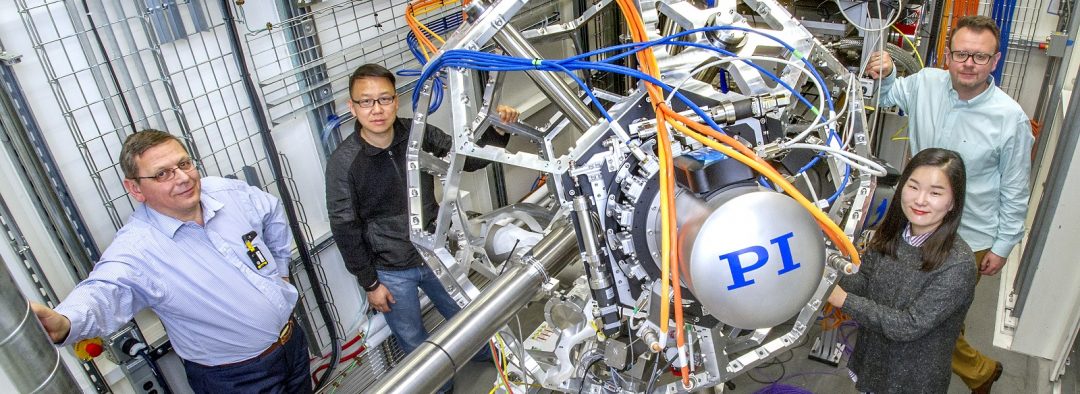Imagine if carbon dioxide (CO2) could easily be converted into usable energy. Researchers at the U.S. Department of Energy’s (DOE) are part of a scientific collaboration that has identified a new electrocatalyst that efficiently converts CO2 to carbon monoxide (CO).
“There are many ways to use CO,” said DOE scientist Eli Stavitski. “You can react it with water to produce energy-rich hydrogen gas, or with hydrogen to produce useful chemicals, such as hydrocarbons or alcohols. If there were a sustainable, cost-efficient route to transform CO2 to CO, it would benefit society greatly.”
A few noble metals can be used to convert CO2 to CO; however, these metals are relatively rare and too expensive to serve as cost-efficient catalysts. So, to convert CO2 to CO in a cost-effective way, scientists used an entirely new form of catalyst. Instead of noble metal nanoparticles, they used single atoms of nickel.
Klaus Attenkofer, also a DOE scientist, continued: “The surface of a metal has one energy potential—it is uniform. Whereas on a single atom, every place on the surface has a different kind of energy.” In addition to the unique energetic properties of single atoms, the CO2 conversation reaction was facilitated by the interaction of the nickel atoms with a surrounding sheet of graphene.
To get a closer look at the individual nickel atoms within the atomically thin graphene sheet, the scientists used scanning transmission electron microscopy (STEM). “Our state-of-art transmission electron microscope is a unique tool to see extremely tiny features, such as single atoms,” said Sooyeon Hwang, a scientist at at Brookhaven’s Center for Functional Nanomaterials (CFN), a DOE Office of Science User Facility.
“Single atoms are usually unstable and tend to aggregate on the support,” added coworker Dong Su. “However, we found the individual nickel atoms were distributed uniformly, which accounted for the excellent performance of the conversion reaction.”
Based on the results from the studies, the scientists discovered single nickel atoms catalyzed the CO2 conversion reaction with a maximal of 97 % efficiency. The scientists say this is a major step toward recycling CO2 for usable energy and chemicals. To apply this technology to real applications in the future, the researchers are currently aimed at producing this single atom catalyst in a cheap and large-scale way, while improving its performance and maintaining its efficiency.

















